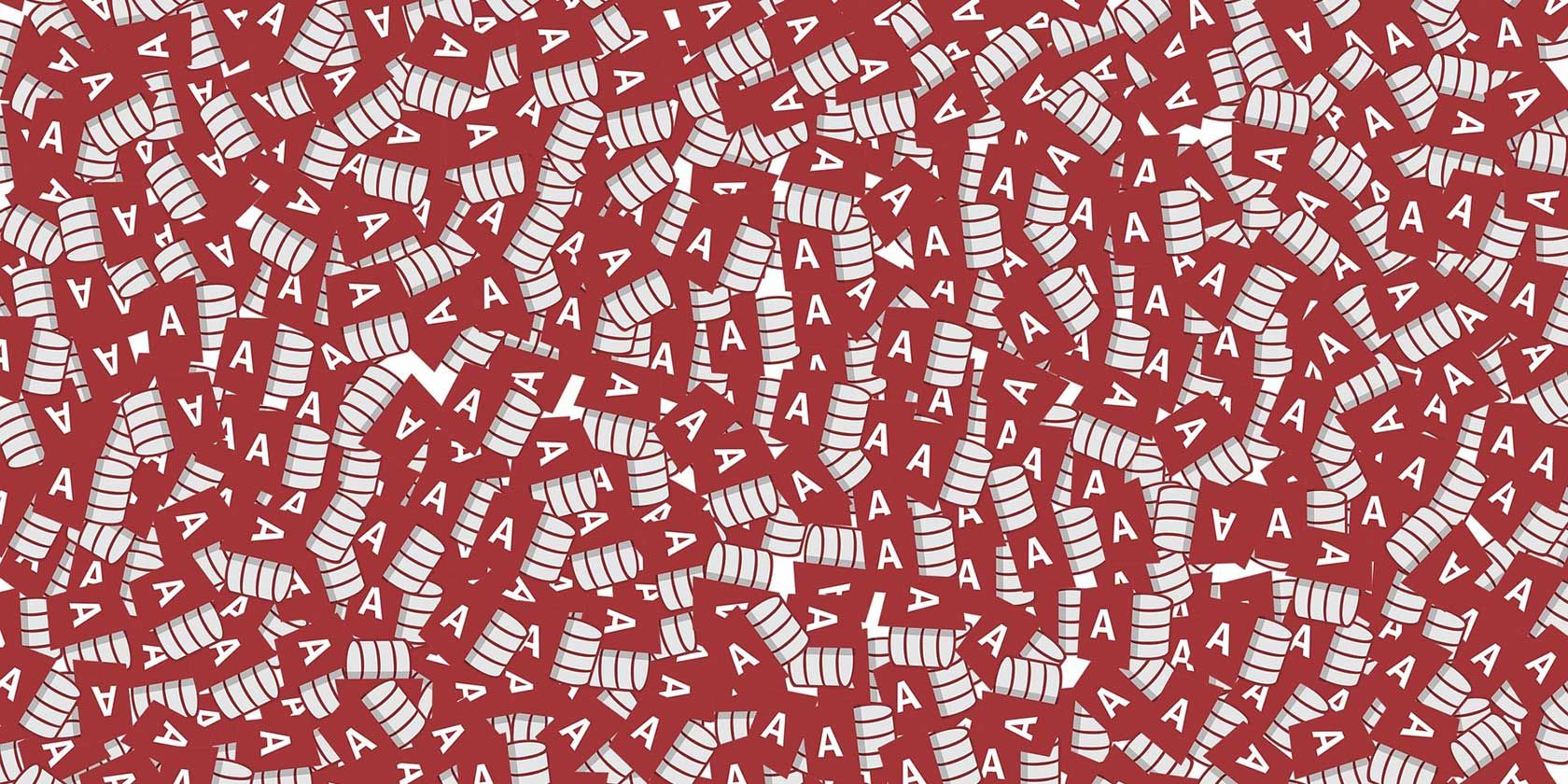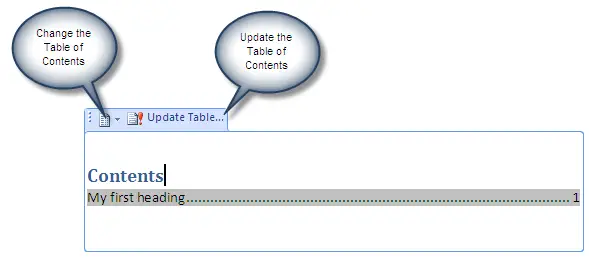

- #How to create table of contents in word 97 2003 how to
- #How to create table of contents in word 97 2003 update
- #How to create table of contents in word 97 2003 code
- #How to create table of contents in word 97 2003 professional
You will now see a field code between braces which will look something like Put the insertion point into the beginning of the table of contents field and press Shift + F9.
#How to create table of contents in word 97 2003 how to
The table of contents is actually a field in the document and if you want to do some more complex things with it, you’ll need to know how to edit the field itself. You can now see all the styles in your document and check those that you want to appear in the table of contents and uncheck those that shouldn’t be there. Or, if you’ve already got a table of contents just right click on it and then choose Edit Field, select TOC from the list, and click the field properties button. Just go back to the button where you first entered the contents using the Customer table of contents button. Suppose you have some heading styles that you specifically want to include, or exclude from the table of contents.
#How to create table of contents in word 97 2003 professional
These are all things which a professional document formatter will be able to handle for you, but here are a few tips if you are trying to do them yourself. You might want to omit page numbers for specific entries, you may want to add an entry in the table of contents which isn’t actually in the document as a heading, you may want to create a separate table of contents just for a section of a document. You may come across a situation where you want to do something slightly different with the table of contents. You might want to add some color to Heading 1, perhaps make it bold or capitals and then make sure that the TOC 2 styles (used by default by Heading 2) is indented and perhaps in a smaller font. Of course, just like any other styles, you can change the format to make your table of contents look better. and these are already created for you in Word.

Typically the styles will be TOC1, TOC2 etc. You can select any entry in the table of contents and you’ll see which style it used. In fact, you shouldn’t be surprised to know that the table of contents actually uses styles itself. This simply means that the Heading 1 entries in the table of contents should be more prominent in the table of contents. If you need to create anything other than this default table of contents, it will help to understand a little more of how it works.īy default your heading styles will assume a level associated with each heading, with Heading 1 being level 1, Heading 2 is at level 2 etc.
#How to create table of contents in word 97 2003 update
You can add more headings and then just put the insertion point into the table of contents, right click and choose Update Field and then Update entire table and the table of contents has now been updated.ĭon’t forget to update your table of contents whenever you change any of the headings or change the content so the page numbers change.

More headingsįor a lot of documents this is actually enough and you’re done. You should now see a table of contents appear which will include all the headings you created with the Heading 1, Heading 2 and Heading 3 styles. Let’s start by using the default settings, so just click OK. Let’s do this properly so click on Custom Table of Contents. Place the insertion pointer where you want your table of contents to appear, and now just head over to the References tab on the ribbon and the first group is called Table of Contents. Okay, so you’ve been using heading styles in your document and you are ready to create a table of contents. This means if you update a heading or add a new one, you can simply click to update your contents and any new item styled with Heading 1 will now appear alongside the correct page number showing. Simply select your heading text, click Heading 1 and it will be exactly the same font, size, weight and spacing as any other Heading 1 in your document.Īnd when it comes to creating a table of contents, this work really pays off as the table you create is fully dynamic. You might use these for your main headings, sub headings and any lower level headings. Word comes with several of these already built in such as Heading 1, Heading 2 and Heading 3. Use paragraph stylesĮvery heading in your document should be created using a heading style. It won’t look good and keeping all the page numbers correct when you make changes to your document will just be a nightmare. It’s really worth understanding now how to do it properly. So if you’re not familiar with paragraph styles and how they work, now’s the time! And if this seems quite complicated, don’t be tempted to try to create a table of contents manually. Any table of contents is generated based on these styles so if they haven’t been set correctly, the table of contents won’t appear correctly either. The most important step by far is that you should always use paragraph styles. But in order for this to appear as it should, there are some very important steps you’ll need to take when creating your document. In just a few clicks Microsoft Word can generate an automatic table of contents from all the headings and styles in your document.


 0 kommentar(er)
0 kommentar(er)
